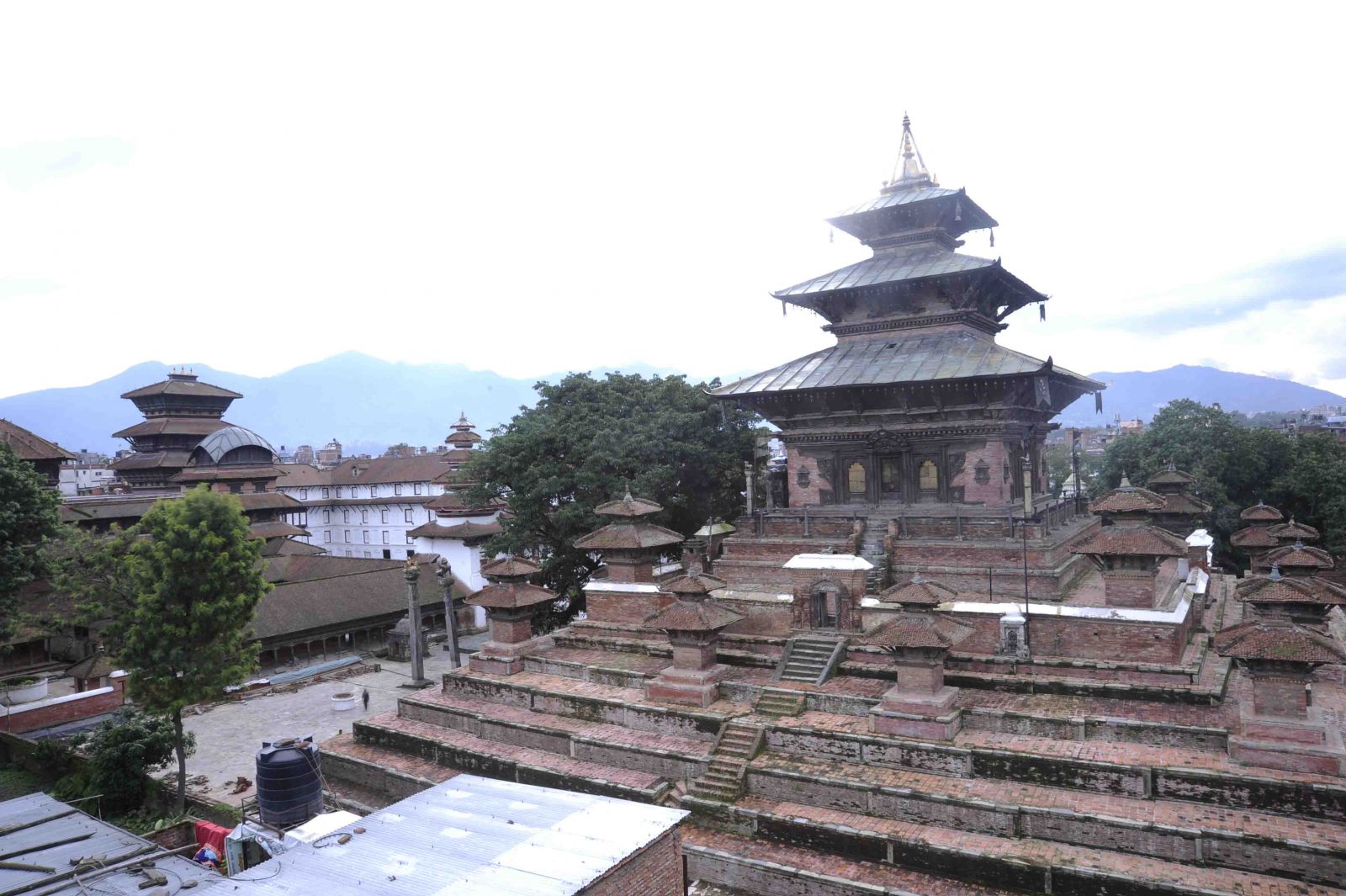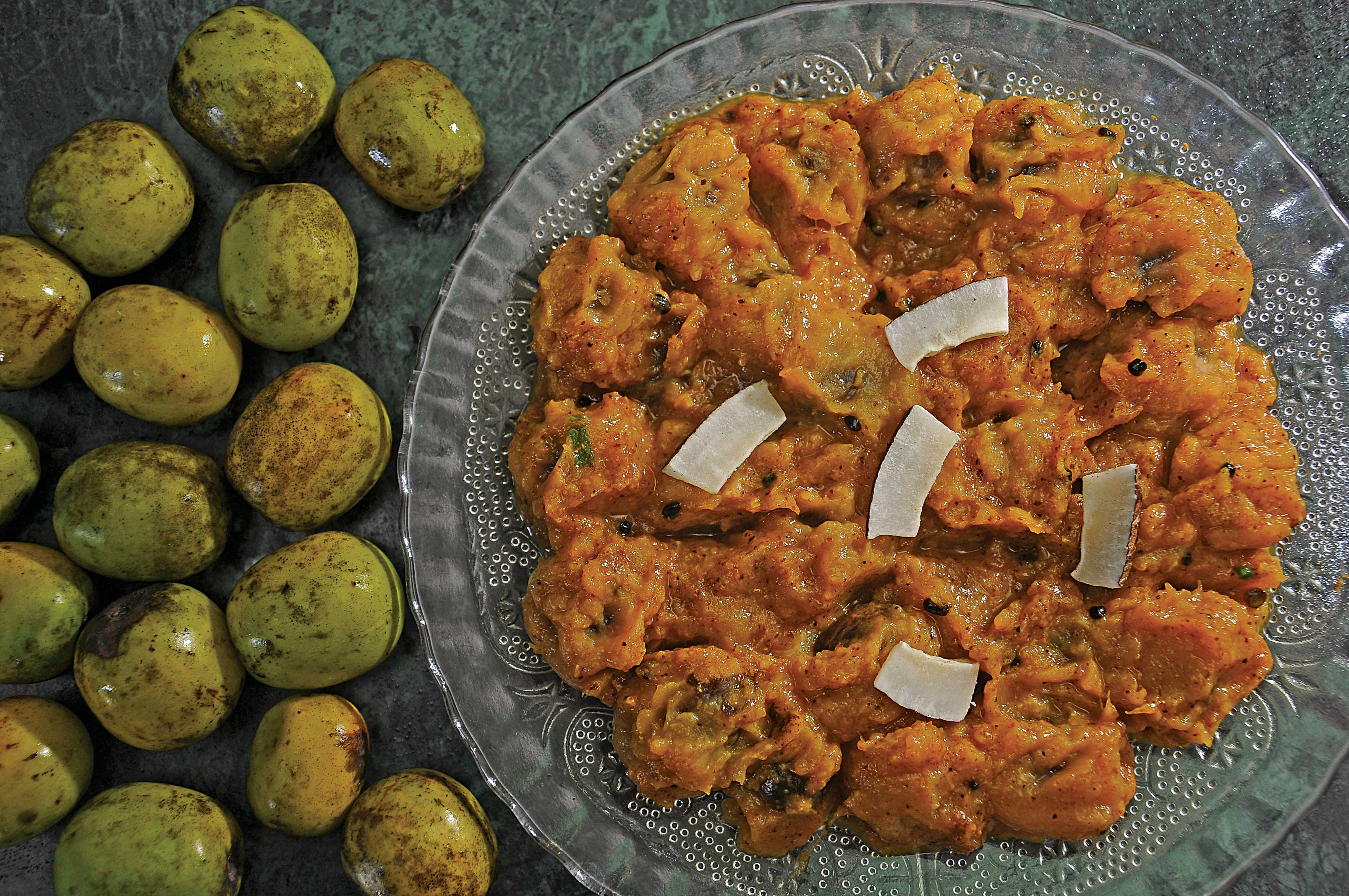The Nava Durgas
Among the countless number of deities in the Hindu pantheon, the mother goddesses are a class apart.
Dashain, the greatest festival of Hindus in Nepal, is a time of wholesome fun and never-ending feasts. It is also an occasion for enthusiastic religious fervor, where the Nava Durgas take center stage.
As the weary grey clouds clear from the Kathmandu sky, unveiling the blue backdrop, nature welcomes autumn, and we know Dashain is approaching. Red, blue, green, yellow, purple, and pink-colored kites speckle the clear blue sky, heralding the upcoming festivity, excitement, holidaying, and merrymaking. The roads get jam-packed as people throng the markets, shopping for new furnishings, clothes, jewelry, ritual items, festive food, etc.
The biggest festival of the country, Dashain has much more significance than just the religious. It is also a time of family-bonding, sharing, gambling, kite flying, fairs, rituals, putting up swings, and eating good food. The festival commemorates the slaying of the dreadful demon Mahisasur by goddess Durga in the form of Mahisasurmardini, and as everyone understands it, as the triumph of good over evil. This ten-day-long festival is a celebration of the Shakti cult. Shakti literally means ‘energy’, and in Hinduism, is the cosmic force that energizes the universe and all its manifestations, including the gods themselves.
In a broader sense, Shaktism incorporates the worship of the mother goddesses. In Nepal, this practice has been exercised since ancient times, and the goddesses are broadly categorized according to their nature, as either peaceful or terrible. Tara, Lakshmi, Sarasvati are a few of the passive and beneficent ones, whereas, Ajimas, Mais, Matrikas, and Durgas embody the dynamic and terrifying aspect dominating the socio-religious milieu of Kathmandu Valley. Dashain is also the celebration and worship of the Nava Durgas, or the nine Durgas. Often referred to as the universal mother, Durga is the consort of Lord Shiva.
In her pacific aspect, she is referred to as Parvati, Uma, Gauri, and Bhavani, and represented as Shiva’s companion and mother of his children. In her dynamic and terrible aspect, she is referred to as Durga, and in a collective form worshipped, especially during the festival of Dashain, as Nava Durga, who has nine manifestations. The first day of Dashain is dedicated to Sailaputri, the daughter of the Himalayas, who is identified holding the trishula. Likewise, each day is dedicated to the different manifestations addressed serially in this article. Bhramhacharini, whose name means "one who practices devout austerity’, holds a lotus, water pot, and rosary beads, and performs the abhaya mudra, or the hand gesture of protection, just like Lord Brahma.
Chandraghanta, the third manifestation, is identified by the symbol of the moon on her chest or forehead. She is charming, has a golden bright complexion, and rides a lion as her mount. Kushmanda is the fourth manifestation, and her name means "creator of the universe," the one who brought light to the dark cosmos. In her multiple hands she holds weapons, glitter, a rosary, and other holy objects. The glitter is particularly significant because it represents the sparkling light that she brings to the world. Mounted on a lion, she symbolizes strength and courage in the face of adversity. As Skandamata, the fifth manifestation, Durga is identified seated on a lotus seat as the mother of Kumar Kartike, the commander-in-chief of the gods in their war against the demons.

Referred to as the daughter of maharishi Katyana, Katyaini is the sixth and fearful manifestation of Durga. She has eighteen arms, each holding a weapon, and emits a radiant light that exposes the evil and darkness around. The seventh manifestation is the fearful, dark complexioned, four-armed, and three-eyed deity with disheveled hair, Kaal Ratri, identified with black skin and lightning emitting from her necklace. She is worshipped as a protector, one to be both honored and feared. Despite her ferocious looks, with left hands holding weapons, her right hands beckon the faithful, offering them protection from darkness and driving away all fears.
The eighth manifestation, worshipped on the eighth day, is Mahagauri, the deity with luminous beauty that radiates from her body. She wears white clothes, has four arms, and rides on a bull, the mount of her consort, Lord Shiva. Her two upper hands hold weapons, while the lower hands are in the pose of protection and benediction. Siddhidatri is the ninth manifestation of Durga. Her name means "giver of supernatural power", and she grants wisdom and insight. She rides a lion, has four limbs, and carries a trident, a spinning disc called a Sudarshana Chakra, a conch shell, and a lotus. The conch (shankha) represents longevity, while the spinning disc symbolizes the soul, or timelessness.
A common practice during Dashain, nationwide, is to visit the temples and pithas (alter or a seat of the deity) of the mother goddesses. These shrines are slightly different from other shrines, being hypaethral, and are mostly located outside the core city. The most popular shrines visited are the temples of Chamunda Bhagwati (in Sankhamul), Shova Bhagwati (Shova Bhagwati), Gokarneshwor Bhagwati (Gokarna), Janaleshwar Bhagwati (Kalmochan), Manamaijudevi Bhagwati (Pachali), Batsaladevi Bhagwati (Tokha), Nine Ajimas Bhagwati (Arya Ghat), Kankeshwari Bhagwati (Teku), Guheshwari Bhagwati (Dhoka Tole), Indrayani (Shova Bhagwati), Naxaal Bhagwati (Naxal), Bhadrakali (Bhadrakali), Dakshinkali (Dakshinkali), Palanchowk Bhagwati (Kavrepalanchok), Svetakali (in Naradevi Temple in Naradevi), and very close to it, Raktakali, and Guheswori in Pashupati, which is worshipped on the eighth day. The Maitidevi, Sankata temples also hold a special charm during Dashain. The Taleju Temple of Kathmandu Durbar Square is opened annually only on the ninth day.
One can get to see and worship the collective Nava Durga deities at the Shova Bhagwati Temple in Kathmandu. The deities in their respective iconographic characters are carved in relief and colorfully painted on the side of the boundary wall of the temple complex. Durga, in the form of Mahisasurmardini, is the main deity of Dashain. She is identified as Bhagwati in Nepal. As the general tradition of building four temples of a particular deity, the same has been practiced of this deity, too. Four distinct temples housing the resplendent images of this manifestation are at Shobha Bhagwati and Naxal in Kathmandu, and Palanchowk and Nala in Kavrapalanchowk. Although the Naxal Bhagwati is considered to be one of the oldest images of its kind, the Shobha Bhagwati Temple takes precedence over the others. Massive images of the goddess in extravagantly decorated interiors at secular spaces are commonly seen during the festival. Although these places are popularly visited by all, this practice in not indigenous to Nepali culture, and is an assimilation of cultures due to neighborhood immigration.
The worship of the mother goddess worldwide is an ancient phenomenon, dating to the pre-historic age. Similarly, in Nepal, too, the oldest religious images are those of female deities. Temples dedicated to these goddesses, big and small, are scattered all over the country and ardently worshipped during Dashain, besides on a normal day to day basis.
The temples of goddess Gorakhkali at Gorkha and Manokamana, Tansen Bhagwati (Palpa), Bageshori (Nepalgunj), Saileshori (Doti), Tripurasundari (Dolpa), Pathivara (Taplejung), Singhbahini (Teherathum), Dantakali (Dharan), Maisthan (Biratnagar), Shakhadadevi (Rajbiraj), Rajdevi (Dhanusha), Maisthan (Birgunj), Gadimai (Bara), Churiyamai and Bhutan Devi (Makawanpur), Kalinchok (Dolakha), Bidyabasini (Pokhara), Chandeshwor (Kavre) are some of the more prominent ones.
The author is a scholar in Nepalese culture, with special interest in art & iconography. She can be reached at swostirjb@gmail.com












